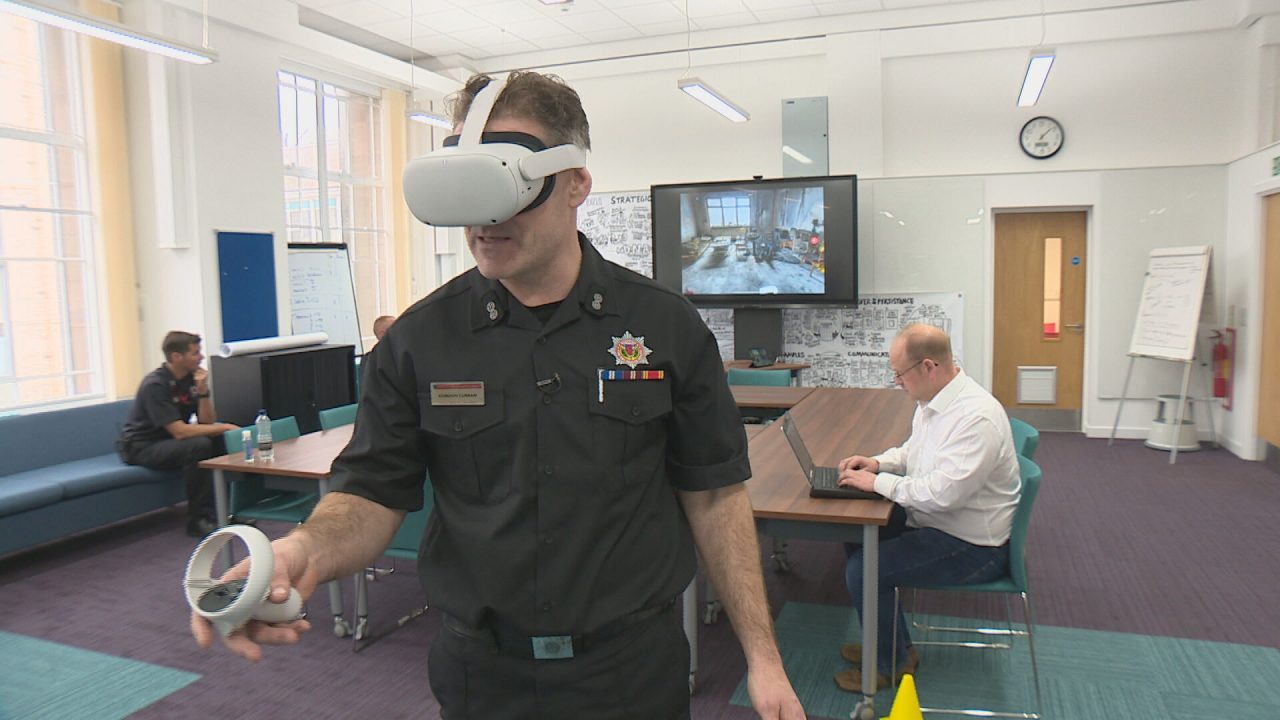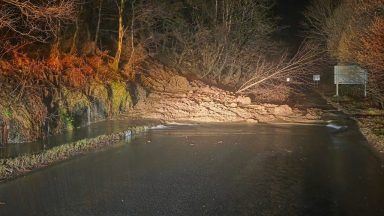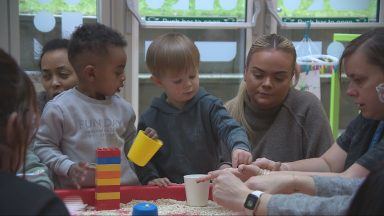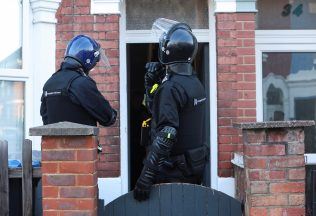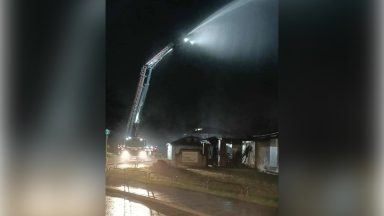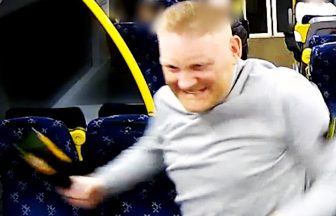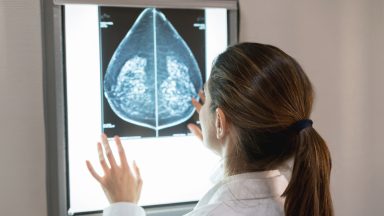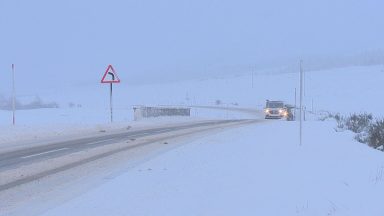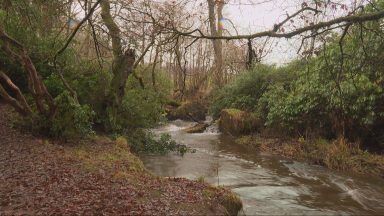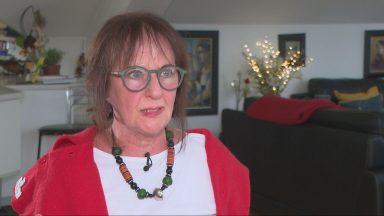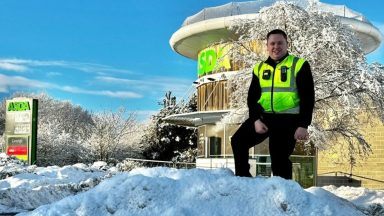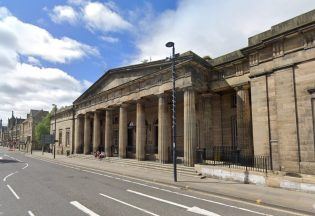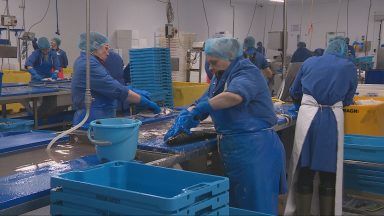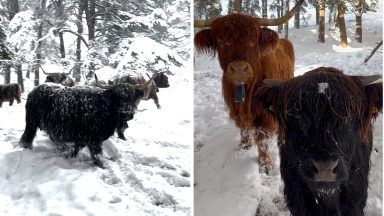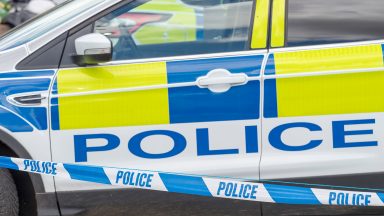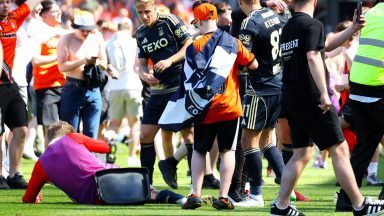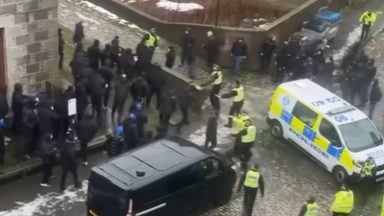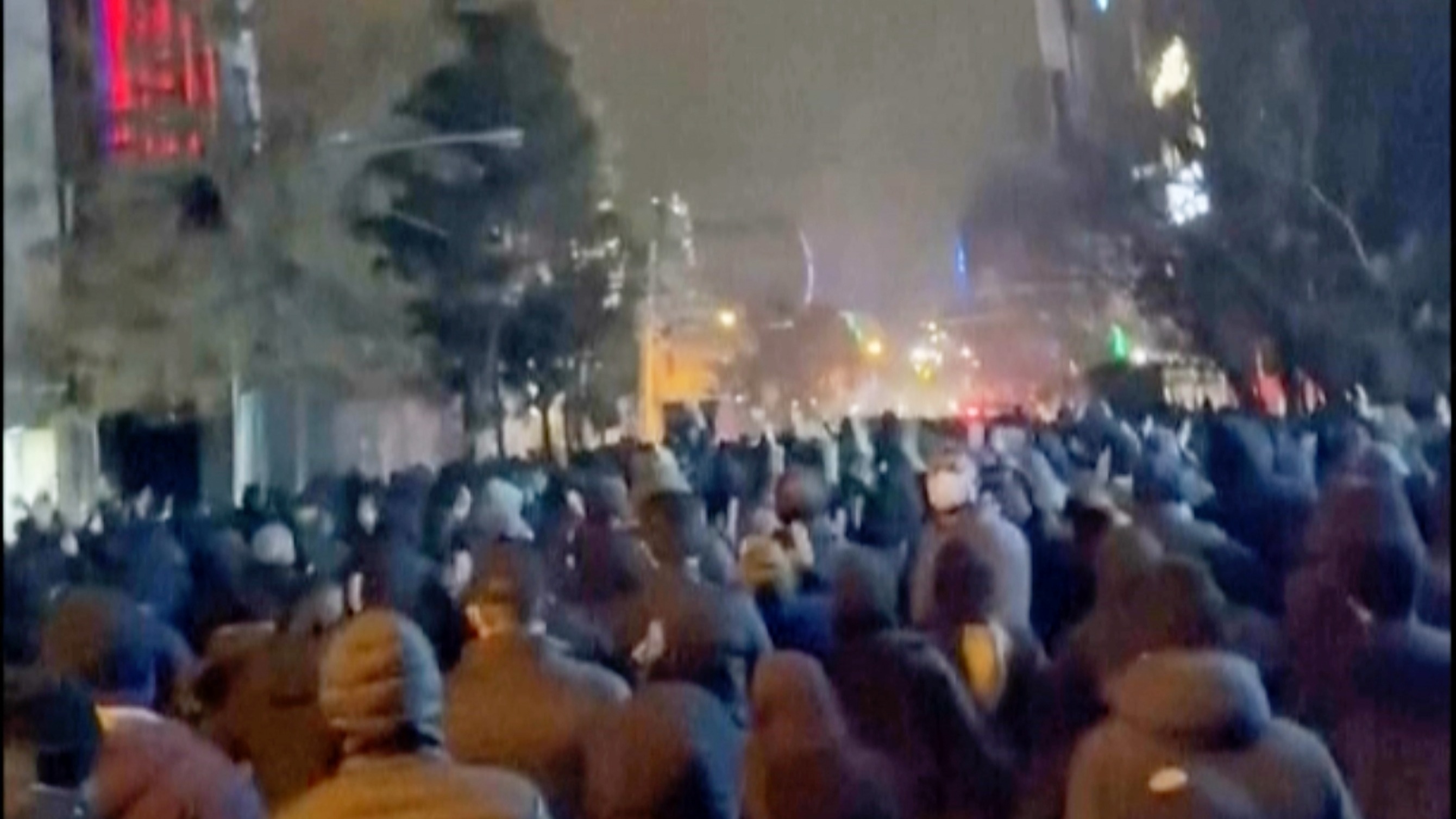Firefighters and forensic investigators in Scotland are using a new cutting-edge virtual reality tool as part of their training.
Researchers at the University of Dundee’s Leverhulme Research Centre for Forensic Science (LRCFS) and Duncan of Jordanstone College of Art and Design (DJCAD) have collaborated with Danish Police fire investigators to create a virtual fire scene environment using digital images taken in the aftermath of real fires.
Current training for police and fire service investigators often requires controlled burning of simulated fire scenes set up in shipping containers or in abandoned properties.
Investigators then attend the site and determine where the fire started and what caused it.
While efficient, these test fires are costly, unsustainable and environmentally unfriendly.
David Dourley of the Scottish Fire & Rescue Service told STV News: “The cost of recreating a realistic fire in the real world takes time to set up, there’s a financial aspect and it impacts on the environment so all of those things can be largely addresses by virtual reality.
“It offers our fire investigators the opportunity to practice and maintain their skills.
“It’ll benefit us in the real world when we’re doing actual fire investigations at a fire scene and they’ll have that enhanced training and they’ll be able to understand why a fire started and how it developed as it did.”
Forensic scientists from Scottish Police Authority are involved in investigating suspected suspicious fires and uncovering evidence.
Currently, cases that come to court largely rely on photographs but this virtual technology could change that.
Karen Robertson of Scottish Police Authority forensic services said: “It’s very difficult to orientate yourself in a scene with photographs.
“It’s very difficult for clarity about where an object is or where an item is.”
Ms Robertson said she can see the benefits of virtual technology in the courtroom.
She added: “It will help the court to understand the layout of a room, why a scientist has targeted a certain area to take a sample and how they’ve interpreted all the burnt patterns, for example.”
The Danish police are already using the technology for training and now have plans to take it to the next level.
Eva Ljungkvist, from the Danish Police Special Crime Unit said: “We are doing generation two.
“We are talking about special lights, UV lights that fluoresce liquids like petrol and diesel so we can have the scene before and after the fire.
“We can have special lights that light up sperm and blood and ignitable liquids and we can all train that virtually.”
The technology has been developed by Dundee University’s Leverhulme Centre for forensic science.
They have drawn on the talents of colleagues in the art school to make sure it looks real.
But could it be used for real life crime scene investigations?
Professor Niamh Nic Daeid, Director of the Leverhulme Centre said, “We think that it can but it’s a process of evolution.
“We also want to be absolutely certain that when we introduce these kind of techniques into criminal investigations that there’s a robustness, a solidness behind the way in which we are using them.
“[This is] so that our courts etcetera have confidence that the decisions being made using these tools are ones that are robustly made.”
Follow STV News on WhatsApp
Scan the QR code on your mobile device for all the latest news from around the country


